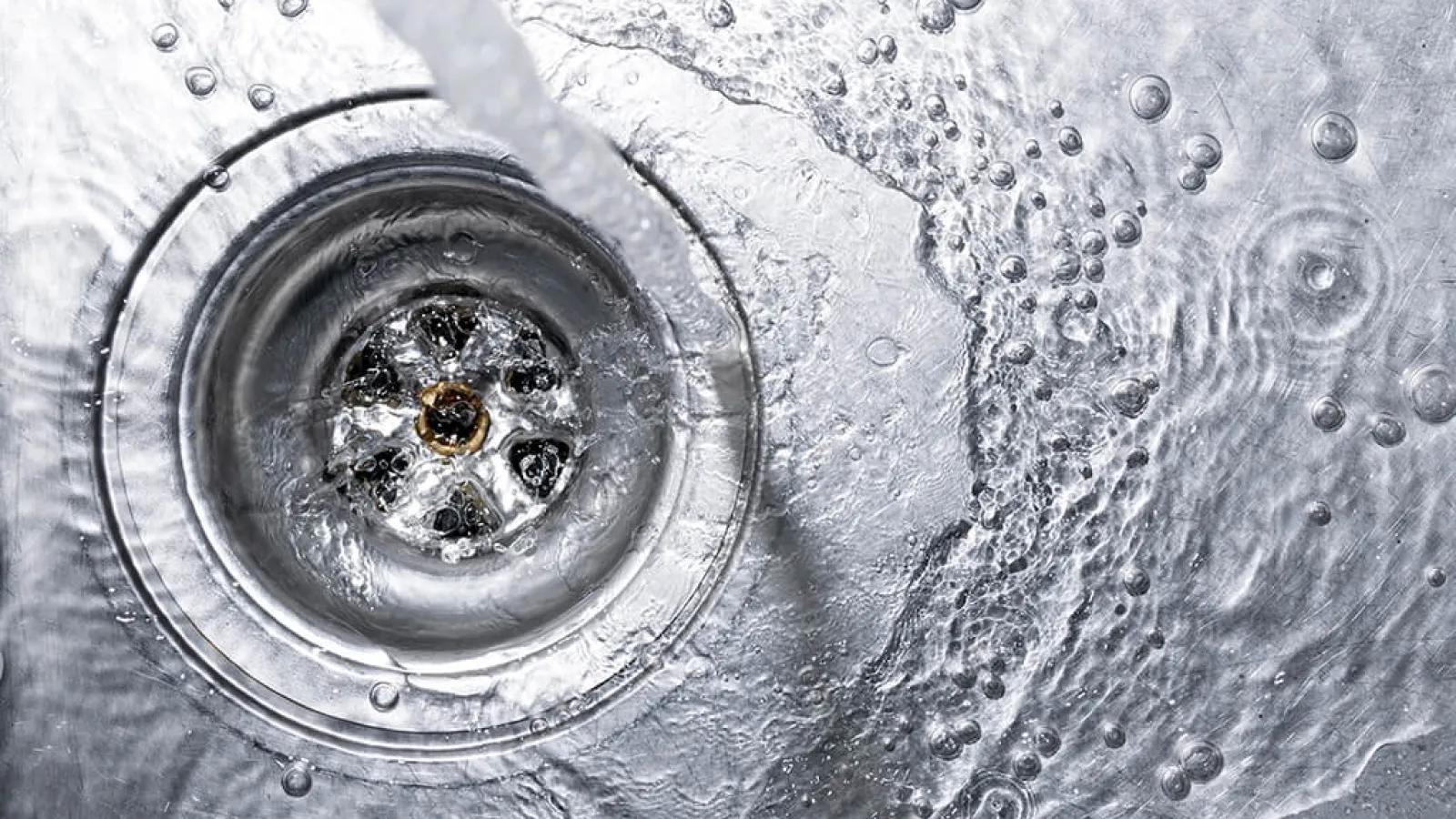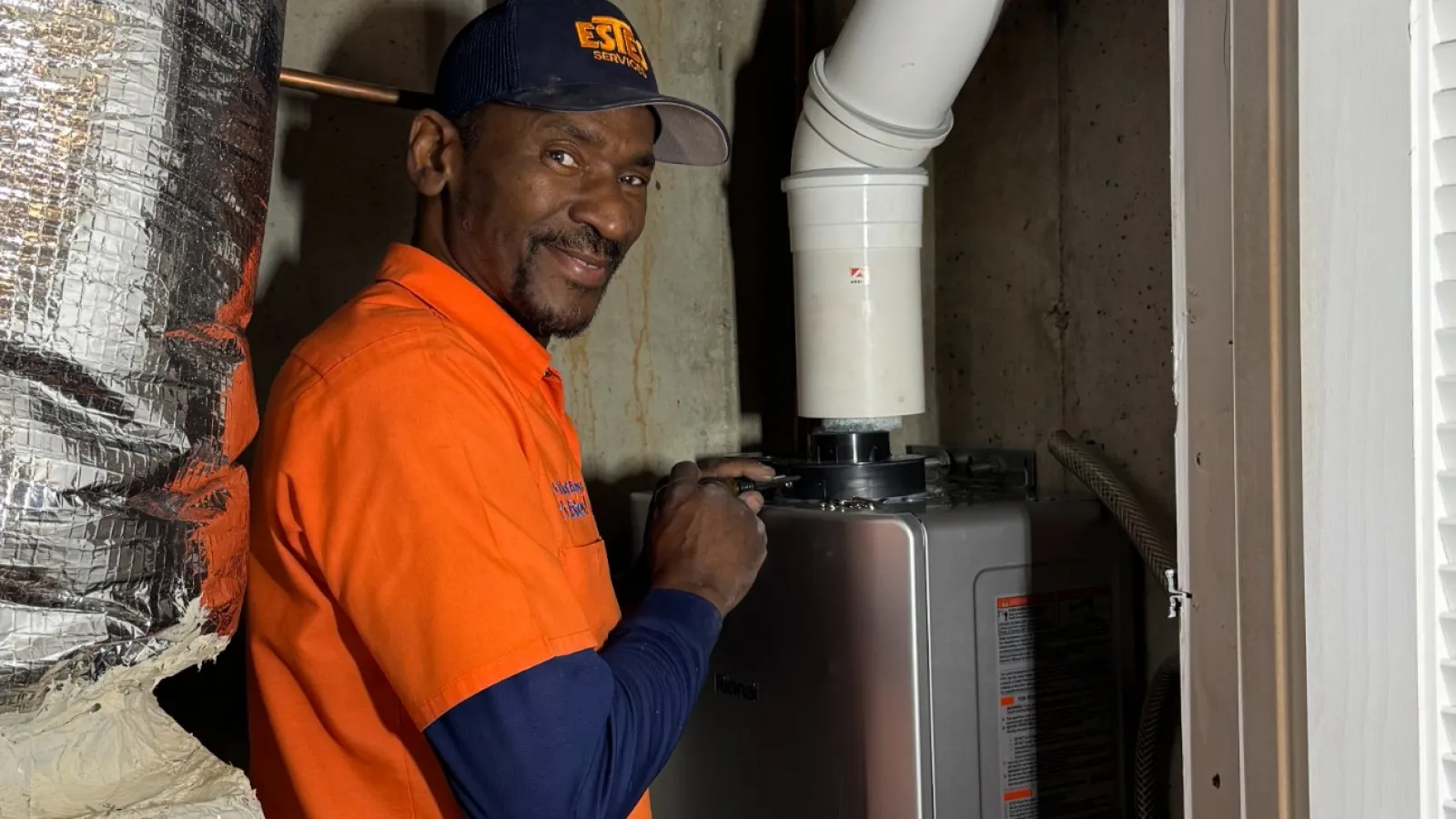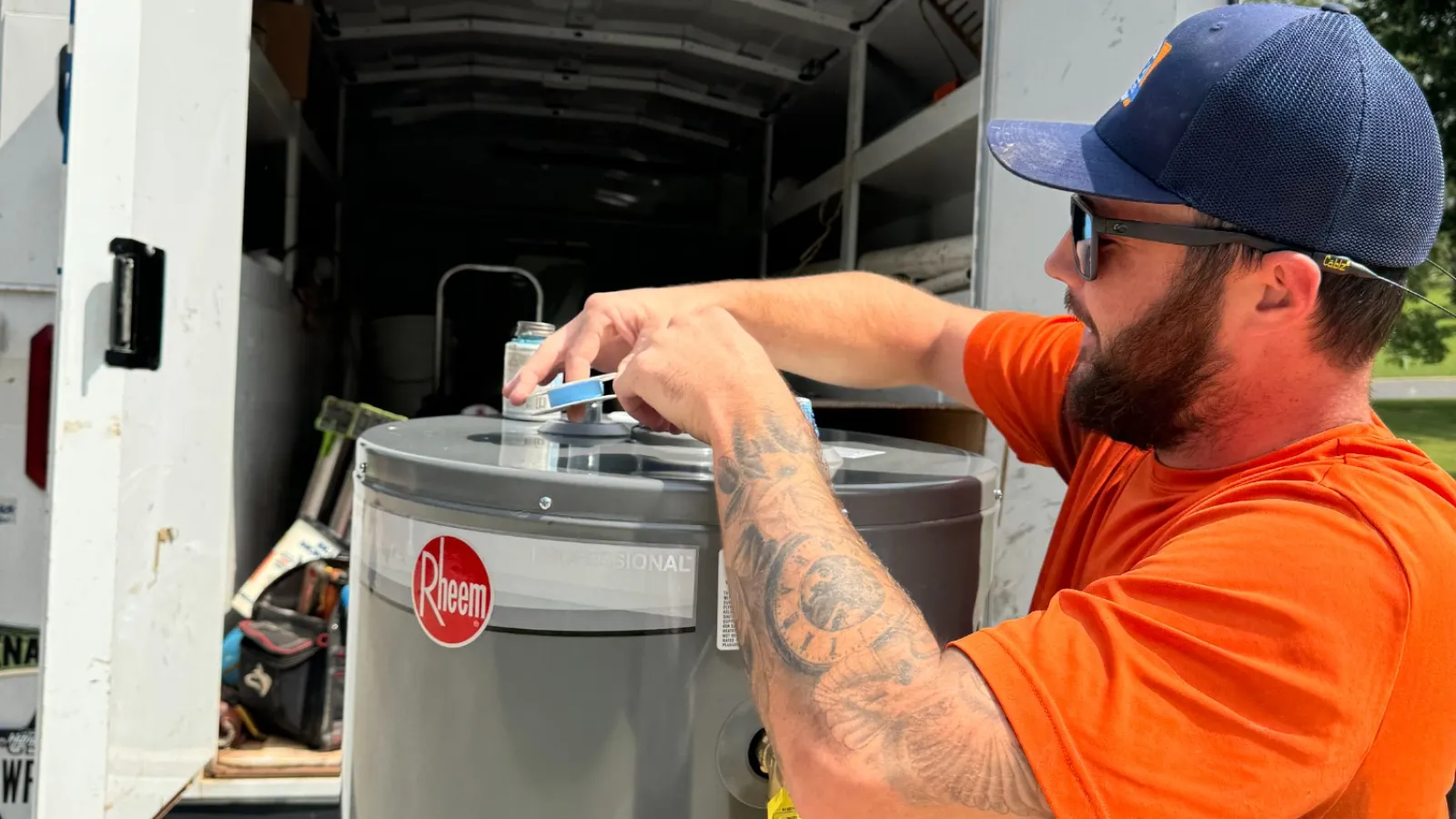Healthy and clog-free drains are essential for your home’s plumbing system performance. Slow drains, if unchecked and not fixed immediately, result in harmful bacteria and germs festering inside your lines. We share some at home solutions for how to fix a slow drain and explain professional measures that come into play when DIY fixes don’t do the trick. Schedule plumbing service on your drains to inspect and clean your lines before small issues escalate and affect your home.
Knowing How to Fix a Slow Drain Is Important
The main reason for regular drain cleaning is to prevent plumbing emergencies in your home. While the first sign of drain problems might seem minor, even the smallest obstruction will grow enough to restrict the flow of water and waste through your pipes. If the blockage continues to increase and you don’t know how to fix a slow drain, it’s only a matter of time before you start experiencing sewage backups into your home which leads to significant plumbing service fees.
What Causes Slow Drainage?
The primary cause of slow drainage is a clog, and the common causes of clogs are soap, fat and grease used in everyday homes. As these materials accumulate inside your pipes, they choke the system and prevent water from flowing freely.
Minor clogs are often resolved when homeowners know how to fix slow draining sinks and tubs. Yet sometimes, the issue requires a professional’s help. The best method for how to unclog a slow drain really depends on its source and severity.
How to Prevent a Clogged Drain
Preventing clogs is better than making repairs. Many of the clogs a plumber finds in homes come from putting things down drains that do not belong. Below is a list of items never to put down your drains:
- Grease
- Cement, grout, or joint compound
- Excessive food waste (even in a garbage disposal)
- Personal items
There are some additional measures to take to prevent clogs:
- Install a mesh trap on a bathtub drain
- Clean out your sink’s pop up stopper regularly
- Flush your drains by adding a large amount of water to a sink or toilet and flushing or removing the drain stopper
- Schedule regular drain cleaning
An ounce of prevention and regular cleaning goes a long way in drain care – the best way to know how to fix a slow drain is to know how to stop it from happening. Limit the amount of waste that goes down your drains and know what materials can and cannot be flushed or disposed of through the drain.
Fortunately, scheduling regular plumbing service on your drains and pipes will prevent drain problems in the future. Drain cleaning can be performed semi-annually or quarterly. If not, the best way to know it’s time to schedule plumbing service is telltale signs of water draining slowly or a toilet not filling with water.
How to Fix a Slow Draining Sink or Bathtub Yourself
When you first encounter a slow or clogged drain, take a few simple steps to clear it yourself.
- Turn on the faucet to fill the sink or tub with a little water
- For a sink or tub, use a cup plunger
- For a toilet, use a flange plunger
- Cover the drain completely with the plunger
- Plunge several times, then remove suction
- Repeat plunging a few more times.
We strongly discourage using harsh chemicals because it’s bad for the environment. In addition, it has the potential to damage your pipes and make the repair even more complex and costly.
For some, how to fix a slow drain involves using vinegar, boiling water, and baking soda to unclog a drain. Remember those volcanoes you made in fifth-grade science? They work kind of like those. The combination is not likely to damage your pipes. It can be messy, however, if you add too much or if the clog is close to the top of the drain.
Fixing a Slow Drain with Professional Help
Your drains are essential to the health of your entire plumbing system. However, blockages will form over time, especially if you don’t schedule regular plumbing services to inspect your pipes and drains. Obstructions are dealt with by two different methods, drain clearing and Atlanta drain cleaning service.
Estes Services understands the value and power of knowledge. We want you to understand the difference between the two services, their benefits, and which one to pursue when the need occurs, and build trust in our abilities regarding how to fix a slow drain. Our plumbers are the best in the business and will ensure your plumbing system is flowing freely before we finish the job.
What’s the Difference?
Though both services sound the same, they are not. A drain clearing only cuts through blockages, with the blockages and buildup still remaining. This service is typically performed with a snaking tool. Regardless of what is blocking the drain, the snake will break through and restore free-flowing water through your pipes.
A drain cleaning service goes a step beyond a clearing. By using a machine to deliver a high-pressure water blast, the blockage is removed entirely. Drain cleaning eliminates any buildup due to soap scum, mineral deposits, or hair. Many drain cleaning services incorporate the use of a camera to identify where problems occur in your drains.
When to Pursue Drain Clearing Versus Drain Cleaning?
If you aren’t dealing with clogged drains every day, or if a blockage only occurs in the same place, then drain clearing might be a viable option. It produces fast results and will get your water moving quickly in no time.
However, if you are experiencing multiple obstructions throughout your drains, or you are noticing a pattern with blockages coming and going, drain cleaning service is the solution you need.
A plumber uses camera inspection tools to look into your drains, identify the problem, and determine which method would be most beneficial to remedy the situation. This method helps us know how to fix a slow drain.
These cameras are attached to flexible rods that allow the camera to move through small spaces and around corners. The images that are gathered from inside the pipe show any current problems or the potential of future problems. The images can be saved for later in case something happens inside your lines.
The camera is able to determine exactly where in the line a problem has occurred using radio transmitters that record the physical location and depth from the surface. A plumbing technician can easily assess clogged pipes or sewer lines and have your system back to working order quickly. This technology assists with making accurate repairs to eliminate toilet water waste.
Gone are the days of guesswork to determine what has clogged pipes or made a toilet overflow. Good quality cameras are designed to be waterproof and flexible enough to inspect sewer lines and other pipes that are underground. This type of plumbing technology is great for drain cleanings as well. If you constantly have drain line backups, clogs, or slow drainage, then have a drain cleaning performed would eliminate future repairs. Cameras can even determine why your toilet overflows continuously. The camera can travel down the mouth of the toilet to root out any obstructions that aren’t fully disengaging when you flush.
Advantages of Drain Cleaning
The biggest advantage of regular plumbing service is more efficient draining throughout your entire home plumbing system. Water won’t stand in the drain or gurgle down the pipes. Clean drains, sinks and water fixtures are less likely to back up with routine plumbing service. Other benefits include:
- Reduced blockages and clogs throughout your plumbing system
- Improved lifespan of your pipes by eliminating corrosion
- Reduced leakage risk in your home due to a burst pipe
- Early detection of underlying issues, such as deteriorating pipes, poorly ventilated drains, tree root intrusions, before they develop into more serious problems
- Prevention of slow drains to allow smooth flow of water through your pipes and
- Reduced odors when bacteria, mold and food particles are cleaned routinely from the drains.
Know When to Contact a Plumber
If you have attempted the DIY suggestions listed above and the clog is not moving, call a plumber. However, there are some situations when plumber help for a clogged drain is urgent:
- When your DIY unclogging did not work
- There is a mess and it is spreading
- You do not have the time or interest in unclogging the drain
- Timing is critical, if, for example, the clog is in the only bathroom in the house
- Water is leaking and you cannot find the shut-off
When you do call a plumber, tell them if your drain issue is an emergency. We offer emergency services 24/7 if necessary.
Atlanta’s Best Choice for Clearing Clogged Drains is Estes!
You need to know how to fix a slow drain and fast. The best answer is to leave it to our pros! Estes Service dispatches fast, dependable licensed Atlanta plumbers to tackle many common plumbing repairs; including drain cleaning and drain clearing. We use advanced diagnostic tools to pinpoint problems and find the best solution to eliminate them. Contact us today to schedule service.



